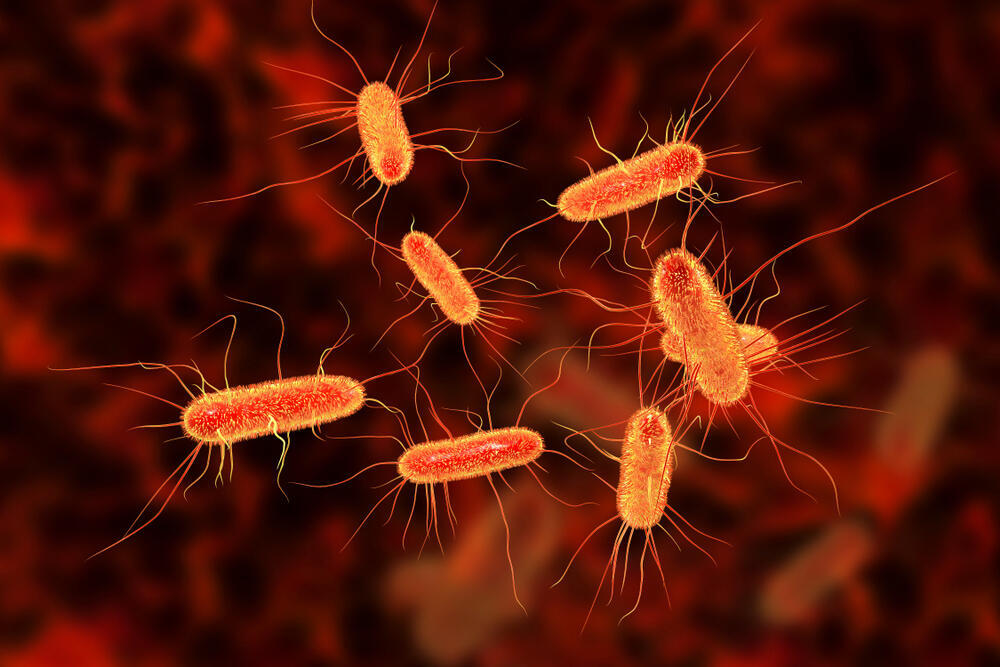Getting your Trinity Audio player ready...
Researchers from the University of Bristol went looking for the Last Universal Common Ancestor (LUCA), the hypothesized common ancestor of all modern cellular life on Earth.
The study utilized a gene-tree species-tree reconciliation approach, combining data and methods from multiple disciplines.
According to the study, LUCA was an anaerobic microbe that emerged around 4.2 billion years ago, shortly after Earth's formation, during a period of heavy asteroid bombardment and low oxygen levels.
LUCA had a large genome encoding around 2,600 proteins. It likely "ate" hydrogen and carbon dioxide, had early immune system elements, including 19 CRISPR-Cas9 genes as defense against viruses, and was part of an ecological system interacting with other microbes in a recycling ecosystem.
Iא possessed characteristics like a common genetic code, protein synthesis machinery, shared use of ATP, amino acids, ribosomes, and DNA, and all living beings on Earth, from bacteria to blue whales, descend from it.
Genetic analysis, evolutionary modeling, and fossil records were used to determine LUCA's existence, revealing its complexity, and adaptation to the extreme conditions of early Earth.
LUCA likely modified its environment, interacted with other microbes like methanogens, and contributed to creating a recycling ecosystem on early Earth, with its waste products serving as food for other microbes.
Researchers determined LUCA's probable existence time by comparing gene mutations with living species, placing it in the Hadean Eon, approximately 400 million years after Earth's formation, during a period of heavy bombardment, though some experts doubt it could have survived.
A Washington Post suggests lightning strikes may have provided necessary ingredients for life on early Earth, including LUCA.
This article was written in collaboration with Generative AI news company Alchemiq
Sources: Washington Post, New Scientist, University of Bristol, Esquire, India Education Diary, Delo, Tuổi Trẻ, Oslobođenje, Frankfurter Rundschau, Issues, SciTechDaily, Postimees, Cosmos Magazine, Sci.News, GreekReporter, Popular Mechanics


